- Top page
- Language
- Para Residentes (persona que vive en Yokohama)
- English
- Sobre la Ciudad de Yokohama (sobre Yokohama-shi)
- Otro (otros)
- Información (información de administración municipal) de Administración de ciudad
- Internacional (internacionalmente)
- La Hermana de Yokohama / Friendship Cities
- Yves on the Shore
- Mascots of Yokohama
Main content starts here.
Mascots of Yokohama
Última fecha puesta al día: 2018/10/2
The Mascots of Yokohama
Hoy, introduciré los caracteres de la mascota de ciudad del Yokohama.
Mascots are a big deal in Japan. Practically every company, sports team and place has its mascot. Y por lugar, no quiero decir simplemente entretenimiento estaciona, museos y tales, pero locales gobiernos también! Y a cada nivel a eso: prefectures, cities, wards, and even sometimes public service departments!!
Yokohama is such a city.
Haré este artículo sobre cómo introducir las mascotas de los pupilos diferentes.
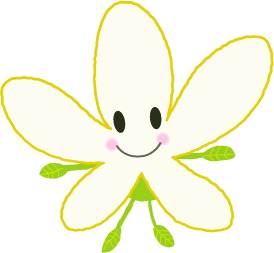
Aoba Ward: Nashika-chan
Nashika-chan was created to heighten the closeness citizens feel toward Aoba Ward and to reaffirm its history, appeal and distinctness. The design was chosen among 1777 submissions by children no older than elementary school students.
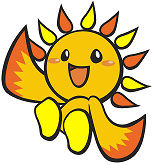
Asahi Ward: Asahi-kun
Energetic as the bright sun, Asahi-kun was created to revitalize the citizens interest in their ward. Asahi-kun can fly and lives to make citizens smile. His bright yellow and orange body represents the vigor and high-spirit of Asahi Ward. He has wings for arms allowing him to fly toward a future full of hopes.
Hodogaya Ward: Karugamo Squad
The Karugamo Squad was created to introduce the ward to kids. El pato facturado (karugamo en japonés) por la mancha también pasa para ser el pájaro del emblematic del pupilo. The squad is made up of 4 members, each with its own message:
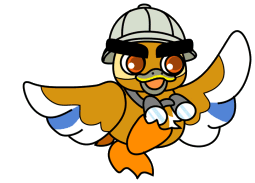
Squad Leader Karugamo
Karugamo quiere que los niños gusten de jugar al aire libre incluso cuando está frío fuera como él es bueno para la salud de uno. Pero también es importante para lavar las manos de uno al regresar de jugar.
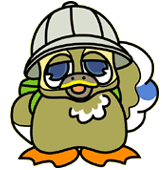
Hodonii
Hay nada como comer junto con la familia de uno mientras sentándose al kotatsu (mesa acalorada japonesa). And filling up on rice cake is a delight!
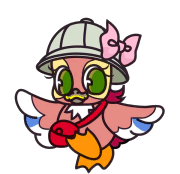
Lulu
Not only does she want children to have fun every day, but it is important to bond with others and make friends. ¡No te olvides de ayudar alrededor de la casa, sin embargo!
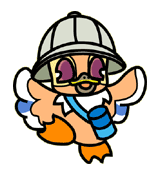
Gacchan
Children must stay healthy through the cold weather. Si corriendo alrededor o volando una cometa, el ejercicio es importante y guarda el cuerpo de uno caluroso. ¡Todos háganlo juntos!
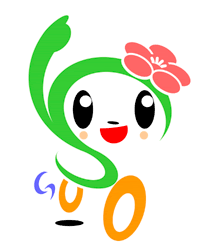
Isogo Ward: Isoppy
Escogido entre 239 entradas en un concurso del plan para crear una mascota para la fiesta de pupilo de Isogo, su cuerpo es hecho a de las cartas yo, S, O, G y O. El nombre de Isoppy es una reducción de las palabras "Isogo" y "feliz." She wants to bring happiness and smiles to the citizens of Isogo ward, a ward where nature and city exist in harmony.
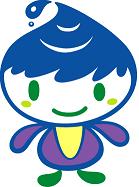
Izumi Ward: Izzun
Izzun is the result of a contest in which this design was chosen among 141 entries by getting 2,164 votes. Izzun came from the shore of Izumi Ward. It was attracted to the cheerful voices of children playing and the sound of music, and decided to make this green and lively city its home. Izzun head represents water; its face and feet, greenery; its body, iris; all elements important to Izumi Ward. (El lirio es los emblematic del pupilo florecen.)
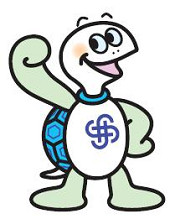
Kanagawa Ward: Kametaro
One of the variations of the story of Urashima Taro taking place in Kanagawa, the ward has made the turtle from the legend its mascot. Incluso su nombre es un juego de palabras en el palabra "kame" y ("tortuga" en japonés) el nombre de Taro. A Kametaro le gusta de entrar en contacto con los ciudadanos del pupilo y a menudo participa en las festividades del pupilo.
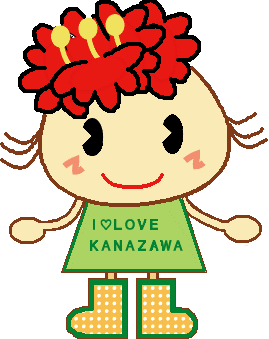
Kanazawa Ward: Botan-chan
Esta mascota representa una peonía que es el emblematic del pupilo florece, de su nombre "Botan" que quiere decir la "peonía" en japonés. Her role is to introduce the citizens to different information concerning the ward, such as the highlight events and places.
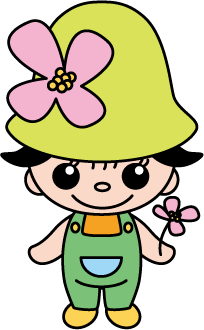
Kohoku Ward: Mizukii
Mizukii nació de un árbol del dogwood floreciente ("hanamizuki" en japonés) en Pupilo de Kohoku. Es olvidado y gusta hacer las cosas a su propio paso. The flower in her hand is a magic wand and she can float in the sky by riding the wind. She likes to walk around the ward and talk about her discoveries and favorite places in Kohoku Ward.
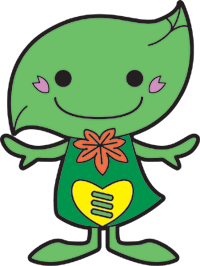
Midori Ward: Midorin
The design for Mirodin was chosen among 130 other entries, and her name was subject to a vote with 106 entries. Se diseñó como una hoja verde con pétalos del bletilla que hacen sus mejillas purpúreas y el carácter para el "mi" en el frente de su vestido. Midorin lives in the forests and woods of Mirodi Ward. Her special talent is photosynthesis! She makes oxygen by sucking out the carbon dioxide in the air in an effort to prevent global warming.
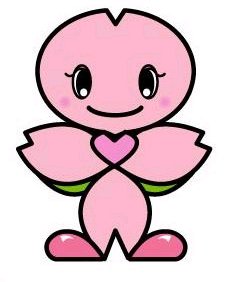
Minami Ward: Minacchi
The design for Minacchi was chosen in a contest in which 62 citizens participated. The age of the contestants ranged from 9 to 85 years old. Moreover, the contest to choose the name of this character exceeded 1000 entries! Minacchi often appears in advertisement, publications and events in Minami Ward to convey her love toward the ward.
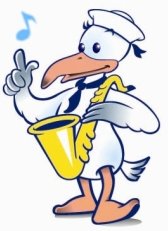
Naka Ward: Swingy
Swingy was born and raised on Osanbashi, making it a seagull interested in the world. Desde entonces puede recordar, se es las canciones del jazz zumbadoras. Se hace un entretenedor con un espíritu dando que toca el jazz. He likes events as well as impromptu happenings on street corners. Who knows, you might encounter him playing his saxophone on top of Osanbashi. So come and try to find him while enjoying the view.
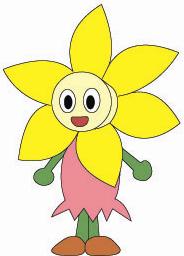
Nishi Ward: Nishimaro-chan
Nishimaro-chan was created in the image of a daffodil. Al principio, no tenía un nombre, pero cuando los ciudadanos siguieron felicitando adelante cómo lindo era y pidiendo su nombre, había un voto público para encontrarla un nombre. Su nombre viene del deseo para el desarrollo liso ("maroyaka" en japonés) de Pupilo de Nishi. She often takes part in events and activities organized in the ward.
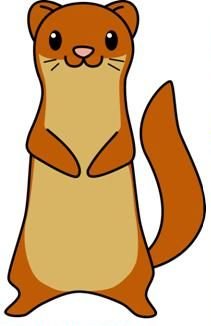
Sakae Ward: Tacchii-kun
Tacchii-kun is mainly a mascot for the Itachi River that passes through Sakae Ward from East to West. De hecho, su nombre es un juego de palabras entre el nombre del río y el palabra "toque" inglés para animar ("tacchi" pronunciado en japonés) a las personas para salir y entrar en contacto con la vida del río y la naturaleza rica encuentra en el pupilo. It has now come out of the river bed to participate in the community from playing with children to helping the elderly.
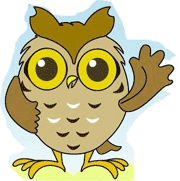
Seya Ward: Seyamaru
Las mascotas de Pupilo de Seya son los búhos del scops porque la forma del pupilo se parece la silueta de este pájaro como si se emperchó en una rama. Their names were chosen by the citizens: Seyamaru se nombra después del pupilo y su religiosa Konoha pequeño se nombra después del pájaro ("konohazuku" en japonés). They actually form a whole family with their parents and grandparents.
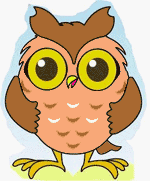
Seya Ward: Konoha
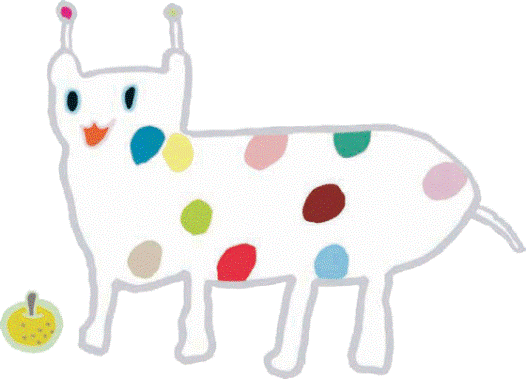
Totsuka Ward: Unashii
Empezaré declarando ese Unashii es mi mascota del pupilo favorita. También proseguiré y admitiré que parece menos convencional. El plan para escogido por Unashii entre 595 las entradas-es bastante diestro: every color on the character has been especially chosen and has something to do with the ward. ( http://translate-es.city.yokohama.lg.jp/totsuka/chishin/guide.pdf (PDF: 1,091KB))
For example, pink represents cherry blossoms and ham; blue, the rivers, ponds and waterfalls; green, the forests, parks and fields. Su nombre – escogido entre 1,314 entradas – es un juego de palabras entre el japonés formula "ushi" y "nashi", mientras significando "vaca" y "pera" respectivamente. Vaca porque el plan manchado es recordativo de una vaca y pera porque las peras de Totsuka son famosas en la región.
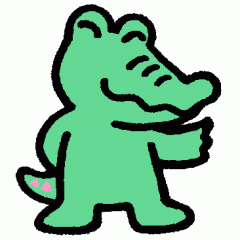
Tsurumi Ward: Wakkun
Wakkun was created for the Tsurumi Festival in 1988, making him one of the older mascots. El tema de la fiesta era "Sinfonía de Colinas y Río" y los organizadores quiso un animal fuerte que podría respirar los dos en tierra y en agua. Agrega a este la forma de Pupilo de Tsurumi que el tipo de miradas como la cabeza de un cocodrilo y allí lo tienes! a Wakkun le gustan niños que son una cosa buena desde que a los niños les gusta Wakkun y se reúne alrededor de él siempre que haga las apariencias a los eventos. El "wa" en el nombre de Wakkun es del palabra "wani" japonés que significa el "cocodrilo." Wakkun is meant to bring awareness and solidarity in the ward.
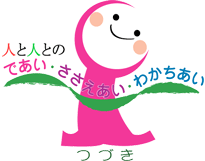
Tsuzuki Ward: Ai
More accurately, this is the mascot of the Tsuzuki Community Health and Welfare Planning Division, but it participates in various campaigns organized by the ward. Ai en último lugar el nombre es Tsuzuki, como el pupilo. Arregla esta parte de atrás y haz "ai del tsuzuki" que traduce a "relación humana" o "parentesco" a la frase. Es más, su estandarte lee "Personas encontrándose, apoyándonos y compartiendo entre si" con, todas las expresiones que usan el palabra "ai" japonés que representa la "reciprocidad."
I hope you can appreciate the thoughts and efforts that were put into creating these characters. Realmente, probablemente escribiré después un segundo artículo sobre las mascotas, desde que no pudiera cubrir en este uno algunos otros caracteres del Yokohama memorables como Hamapyon, Hamarin, Io y Tanemaru. Look forward to it!
Botones ID: 263-061-661

